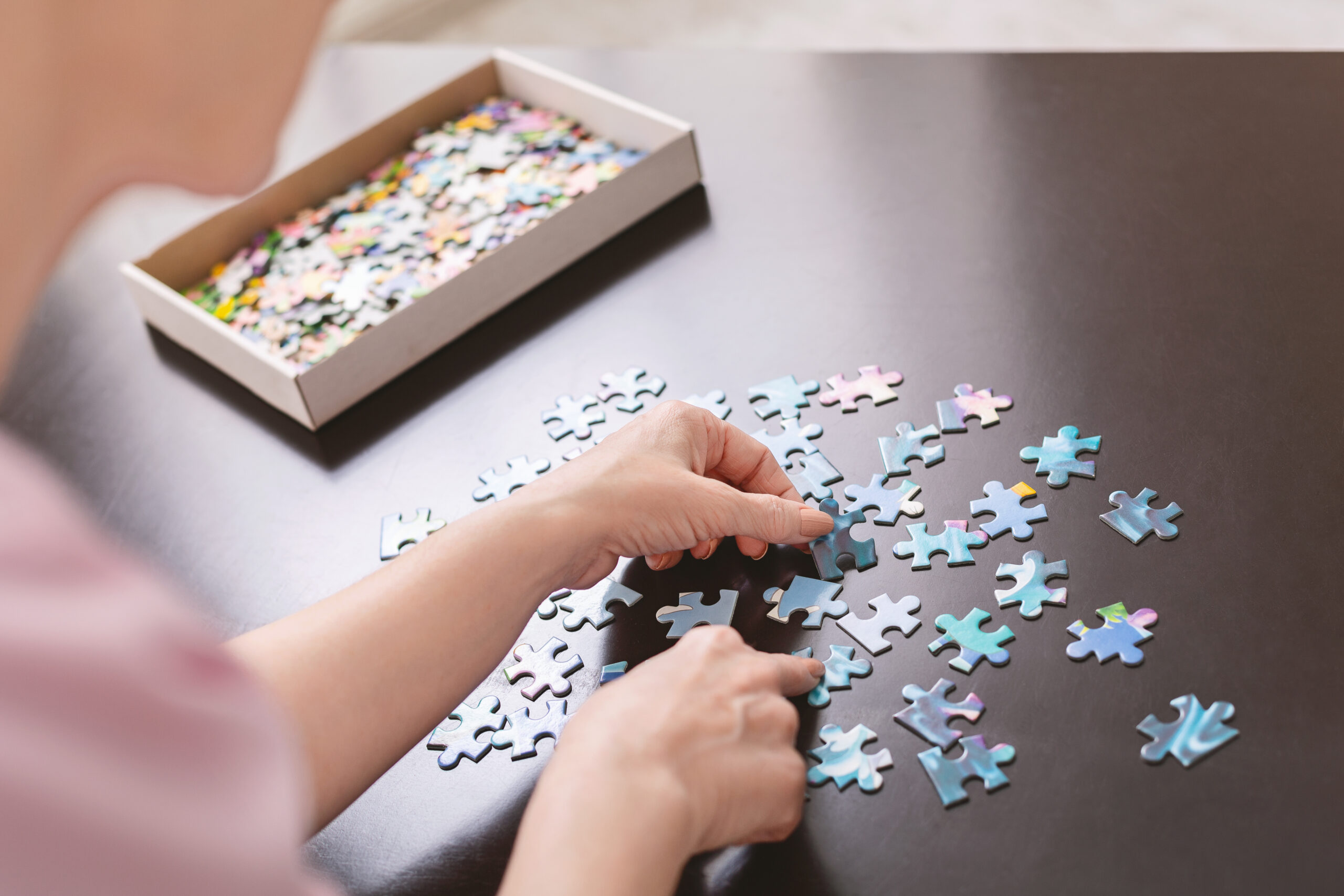How to Create a Cozy and Safe Space for a Dementia Patient at Home
Creating a cozy and safe space for a dementia patient at home is crucial for their comfort, safety, and independence. Here are some practical tips to help you achieve this:
## Maximizing Comfort and Safety
1. **Lighting**: Proper lighting is essential to minimize confusion and reduce the risk of falls. Open curtains during the day to let in natural light, and use bright, even lighting in key areas like stairways and hallways. Consider installing motion-sensor lights in bedrooms, bathrooms, and hallways to make nighttime navigation easier[1].
2. **Decluttering**: A clutter-free environment helps reduce overstimulation and makes it easier for individuals to navigate their surroundings. Clear pathways by removing unnecessary furniture and objects, and organize essentials in consistent and easily accessible locations[1][3].
3. **Color Contrast**: Use contrasting colors for doors, light switches, and furniture to help individuals with dementia distinguish between different objects and areas. Opt for simple, solid colors instead of complex patterns that may cause confusion[1].
## Enhancing Safety in Key Areas
1. **Kitchen Safety**: The kitchen can be a hazardous area, but with careful planning, it can be made safer. Use appliances with automatic shut-off features, store sharp objects and cleaning supplies in locked cabinets, and arrange frequently used items within easy reach[1][3].
2. **Bathroom Modifications**: Install grab rails near the toilet and in the shower for added support. Use a colored toilet seat to make it more visible, and consider removing door locks to prevent accidental locking[1][3].
3. **Bedroom Adaptations**: Ensure clear pathways between the bed and bathroom, install motion-sensor night lights, and keep the bedding familiar. Lower the height of the bed if necessary, and ensure items in the closet are within easy reach[3].
## Promoting Independence and Engagement
1. **Clear Signage**: Use simple labels and signs to support navigation and reduce confusion. Mark rooms, cupboards, and drawers with words or pictures, and position signs at eye level[1][3].
2. **Reducing Noise**: Manage background noise to prevent sensory overload. Minimize distractions by avoiding multiple devices at once, and use soft furnishings like carpets and curtains to absorb sound[1].
3. **Maintaining Familiarity**: Keep the environment familiar by avoiding major changes to furniture arrangements or decor. Display personal items like photographs and cherished objects to create a sense of home[1].
4. **Engaging Activities**: Encourage engagement with simple, enjoyable activities. Create a safe and comfortable space for activities, keep things tidy, reduce noise, and ensure good lighting. Let the person take their time, and focus on one task at a time[2].
## Securing Outdoor Spaces
1. **Safe Pathways**: Ensure outdoor walkways are even, well-lit, and free of obstacles. Install secure locks or alarms on doors and gates to prevent wandering[1][3].
2. **Enclosed Outdoor Spaces**: Create safe, enclosed outdoor areas for enjoying nature. Ensure proper lighting and remove or secure hazardous gardening tools[3].
By implementing these strategies, you can create a cozy and safe space that supports the well-being and independence of a dementia patient at home.





